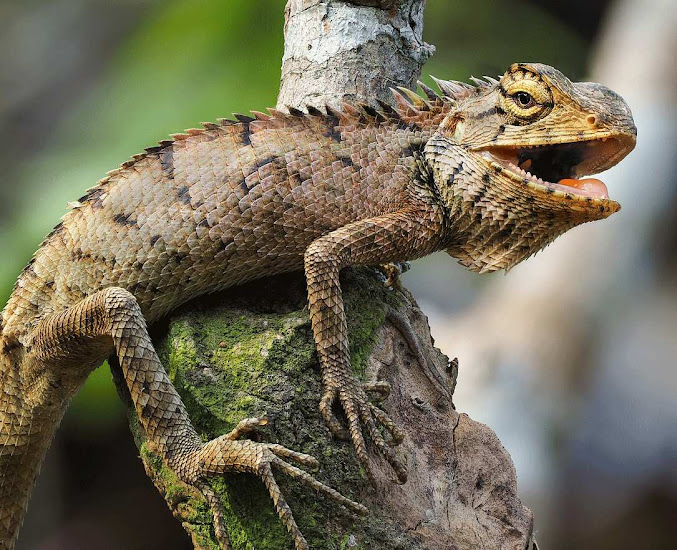How Long Do Wolves Live?
How Long Do Wolves Live
Wolves can satisfy 14 years in the wild, while those in imprisonment can satisfy 16 years.
While considering explicit species, the typical life expectancy of a dim wolf is around 6 to 8 years in nature. Dark wolves are the most unmistakable and biggest wolves, as they sport long ragged tails with a dark tips and can gauge as much as 143 pounds. They are local to both Eurasia and North America.
Right up until now, the world's most seasoned wolf was a 19-year-old female wolf named Madadh. Madadh was protected from an untamed life park when she was just 10 days old.
We should investigate what influences the wolf's life expectancy and what their significant dangers to endurance are.
Wolves Background
Wolves are the biggest individuals from the canine family, otherwise called Canids. Strangely, your number one canine varieties are all relatives of wolves! There are presently three unique types of wolves, nonetheless, there are around 40 different subspecies of wolves.
On account of their sharp teeth and strength, wolves have figured out how to remain at the head of the pecking order. They are named a dominant hunter and on the grounds that they chase in packs, they can bring down a few quite enormous creatures. It's normal to see a bunch of wolves bring down elk, moose, buffalo, and deer.
As the top hunter in their surroundings, there aren't numerous different creatures that go about as a danger to them.
How long does a gray wolf live
A grown-up wolf normally weighs around 100 to 120 pounds, with the guys being bigger than the females. They have a life expectancy of 7-8 years in nature
How Long Do Red Wolves Live
The red wolf's future in the wild is around 4 - 8 years and around 13 years in imprisonment. Red wolves are more modest in size compared to dark wolves; in this way, they prey and chase on more modestly measured warm-blooded animals like rodents, white-followed deer, and so forth. Also, the possibilities of winding up dead or injured during chases are extremely thin. However, the best danger to the red wolf's life expectancy in the wild is significant people and different canids.
Red wolves and canids, similar to coyotes, and every so often dark wolves, normally end up in a similar area. As the regular request, top-level predators can't exist together in similar spaces thus the battle for strength and regional cases. These agonistic conflicts generally bring about fatalities.
In earlier years, red wolves were broadly covering regions going from south-eastern Texas to focal Pennsylvania. However, lately, red wolves have been recorded as one of the world's endangered species, without 20 red wolves in the wild, because of infringement and the contorting of their regular natural surroundings in this time of industrialization.
How Long Do Timber Wolves Live
Timberwolves, otherwise called, eastern timber wolves, have a future of 3 - 8, yet with the right circumstances, they can arrive at the age of 15.
Hypotheses have it that either timber wolves are crossovers of coyotes, red wolves, or simply sub-types of dark wolves, which has it that two variables act like a danger to the future of timber wolves.
The life expectancy of timber wolves isn't just undermined by people, area clashes, sicknesses, and starvation yet it is generally on occasion compromised by hybridization.
At the point when timber wolves are caught in environments where different canids like the red wolf, dark wolf, and coyotes are available, the absence of mating accomplices can compel these particular species to mate, subsequently birthing crossovers.
The Typical Wolf Life Cycle
A wolf's life cycle stage starts in its mom's belly. Mother wolves are pregnant for 60 to 63 days. During this period, the body of the wolf starts to create. This incorporates the eyes, nose, head, appendages, and legs, and that's just the beginning.
Wolf Pup: Puppies
Wolves will conceive offspring in mid to pre-summer. The typical litter size will be anyplace between 5-11 puppies. Be that as it may, there have been litters where just a single has been conceived. Doggies are conceived blind and have their ears shut. They depend on their moms for milk for sustenance.
Juveniles
At the point when they arrive at the age of a half year, the little guys are alluded to as adolescents. During the middle between stage, they are not generally thought about as pups but on the other hand, are not completely developed wolves yet. At this stage, the adolescents can back away from the nook where they grew up and go out hunting with the pack. They're not yet mature enough to take part in the hunting, yet rather will stand close by and notice.
Grown-up Wolves
At 2 or 3 years, a wolf is at long last completely developed. As of now, they are confronted with a serious choice. They should pick either life in their pack or a day-to-day existence all alone. In the event that they decide to leave, the wolf should frame their own pack.







